AI Climate Analysis for Plant Selection

AI is transforming gardening by addressing the challenges of climate change. Unpredictable weather patterns, earlier seasons, and extreme conditions make it harder to choose the right plants. AI tools like AIGardenPlanner analyze local climate data, soil conditions, and future weather trends to recommend plants suited for specific environments. These tools help gardeners save time, reduce plant failures, and create resilient gardens.
Key Takeaways:
- Why It Matters: Climate change disrupts traditional gardening methods, making plant selection more complex.
- How AI Helps: AI processes real-time weather data, maps microclimates, and predicts extreme weather for precise plant recommendations.
- Benefits: Faster, more accurate plant selection tailored to your garden's unique conditions. Users report up to a 15% boost in yields and 20% fewer losses from weather-related issues.
- Example Tool: AIGardenPlanner suggests plants based on your garden's location, sunlight, soil type, and personal preferences. Pricing starts at $15.
By combining AI insights with your gardening knowledge, you can grow a thriving, climate-smart garden.
How AI Climate Analysis Works
Using Climate Data for Accurate Results
AI climate analysis systems handle enormous weather datasets to deliver precise recommendations for plant selection. By analyzing multiple streams of data - such as temperature trends, rainfall patterns, humidity levels, and historical weather records - AI creates a detailed picture of local growing conditions. This process involves evaluating thousands of climate variables simultaneously, a task that would overwhelm traditional methods.
Take Brazil, for example. Researchers there employed advanced AI models to predict soybean yields across major farming regions. These models analyzed weather and soil data to forecast yields up to 90 days before harvest. The prediction error ranged from 9.2% to 41.5%, showcasing the system's ability to process complex climate data and help farmers make more informed crop decisions [1].
By considering factors like wind patterns and seasonal temperature shifts, AI offers tailored plant recommendations, ensuring they align with the specific environmental conditions of a given area.
Mapping Local Climate Zones
AI’s ability to process data extends to mapping microclimates, offering a hyper-detailed view of growing conditions. Using geospatial data and satellite imagery, AI identifies microclimates within broader regions, pinpointing subtle differences in temperature, moisture, and other factors - even within small spaces like neighborhoods or individual properties.
This process combines satellite data, topographical details, and ground-based weather station readings. AI algorithms can detect how elevation changes, nearby water bodies, or urban heat islands create unique growing environments, sometimes just a few yards apart.
With these precise maps, AI delivers localized plant recommendations. For instance, it might suggest different plant varieties for the north-facing and south-facing sides of a property or recommend species that thrive in cooler areas near a pond or stream. This level of detail helps optimize plant growth based on even the smallest environmental variations.
Predicting Extreme Weather
AI doesn’t stop at analyzing current conditions - it also forecasts extreme weather to refine plant selection further. By examining historical weather data, modern climate models, and soil characteristics, AI predicts the timing and location of severe weather events. These forecasts help gardeners and farmers choose plants that can endure challenging conditions.
Advanced algorithms, like LSTM networks, are particularly adept at recognizing patterns over time, making them effective at predicting extreme events such as unexpected frosts or prolonged droughts. This capability enables better preparation for weather stresses [2].
"AI excels at pattern recognition and processing vast amounts of data, but meteorologists excel at understanding the 'so what' behind the forecast. We translate complex atmospheric science into actionable insights, especially in marginal weather scenarios where a stop, continue or pause decision can make the difference in safety or profit." - Renny Vandewege, Contributor, Forbes [3]
One collaborative effort between an agricultural research institute and Omdena demonstrated the real-world impact of AI in predicting extreme weather. Farmers using the AI-powered system reported a 15% boost in crop yields and a 20% drop in crop losses caused by extreme weather [2].
Benefits of AI Plant Selection
Custom Recommendations for Each Gardener
AI-powered plant selection takes the guesswork out of gardening by offering plant suggestions tailored to your garden's unique conditions. By analyzing factors like temperature, rainfall, soil type, and sunlight exposure, these systems provide recommendations that go far beyond generic climate zones. They even account for specific nuances, such as areas that get morning shade but full afternoon sun, ensuring plants are well-suited to thrive.
For example, platforms like AIGardenPlanner elevate this process by turning photos of your garden into professional landscape designs. They combine your location, climate data, and personal style preferences to suggest plants that match your vision. With access to extensive plant databases, these tools deliver recommendations that are not only accurate but also practical, saving you time and effort while setting your garden up for success.
Better Accuracy and Speed
AI doesn't just personalize plant selection - it makes it faster and more precise. Studies show AI-based recommendations are up to 30% more accurate, leading to higher satisfaction rates [4]. These systems adapt in real time, achieving prediction accuracy rates of over 80%, compared to traditional forecasting methods, which hover around 60% [4].
"AI is a powerful tool with the potential to transform agriculture into a climate-resilient and sustainable sector."
– San Murugesan, Cutter Expert [5]
The impact of AI extends to measurable outcomes. Businesses incorporating AI-driven decision-making are 20–30% more likely to see revenue growth [4]. Farmers using AI tools have reported a 15% boost in crop yields and a 20% decrease in losses caused by extreme weather [2]. These benefits translate well to home gardening, where AI can help create resilient, flourishing gardens.
AI vs. Old Methods Comparison
A side-by-side look at traditional and AI-powered plant selection highlights how much more efficient and adaptable AI can be:
| Aspect | Traditional Methods | AI-Powered Methods |
|---|---|---|
| Data Processing | Relies on human expertise and basic analysis | Processes massive datasets with machine learning |
| Accuracy Rate | About 60% | Over 80% [4] |
| Speed | Hours or days | Minutes or seconds [7] |
| Personalization | General recommendations for broad zones | Tailored to microclimates and individual needs |
| Climate Adaptation | Static advice based on past trends | Real-time adjustments to changing conditions [6] |
| Cost Efficiency | High trial-and-error costs | 10% revenue gain, 15% cost reduction [4] |
AI systems excel at adapting to rapid climate changes, where traditional methods fall short. They integrate real-time data, continuously improving their predictive capabilities [6]. For gardeners, this means fewer plant failures, less time spent researching, and greater confidence in plant choices.
In fact, AI-powered precision agriculture has the potential to increase crop yields by up to 30% while cutting input costs like water and fertilizer by 20% [7]. This same efficiency can transform home gardening, making it easier and more cost-effective to grow a thriving garden.
Using AIGardenPlanner for Climate-Smart Planting
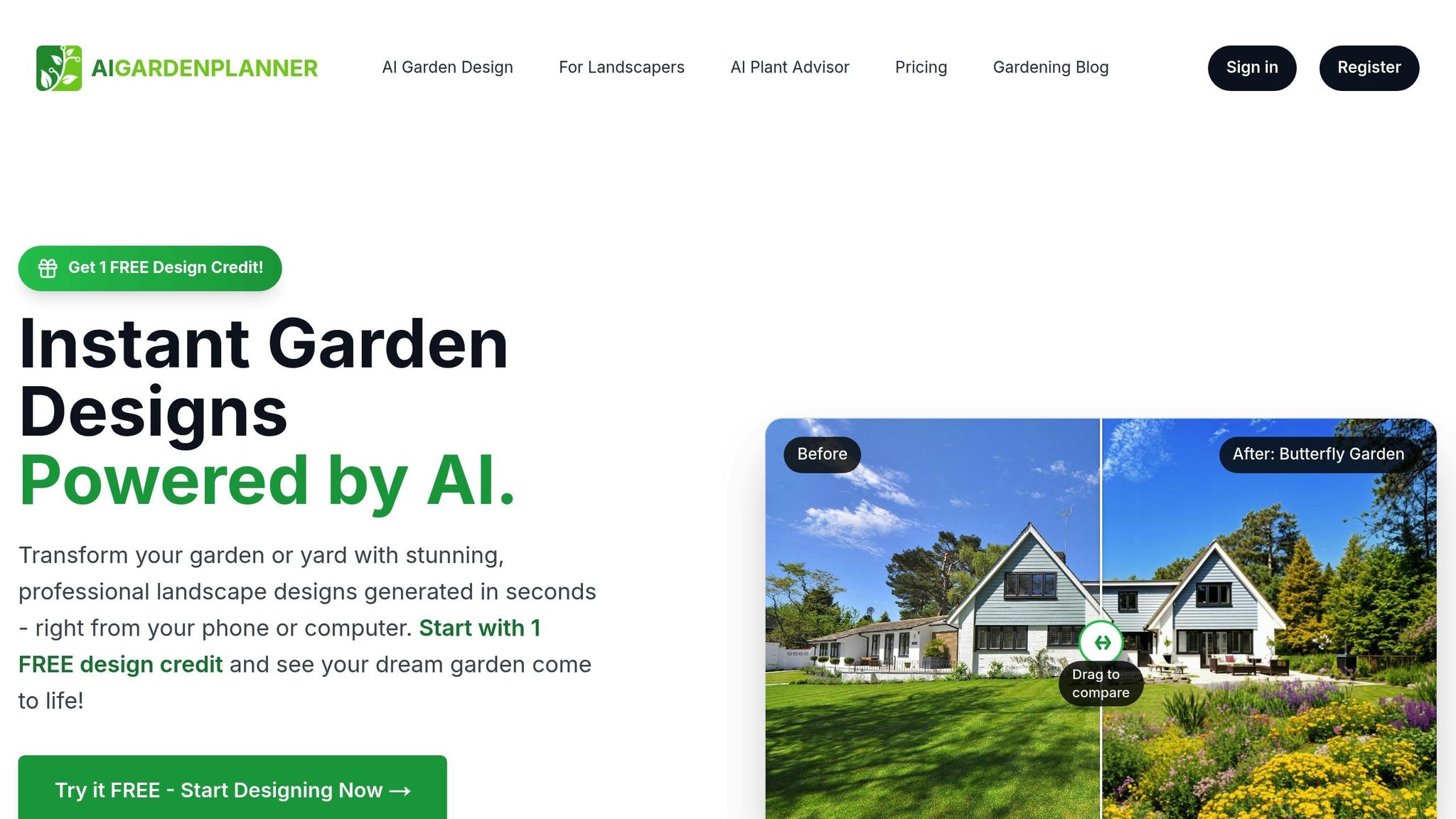
Climate-Based Design with AIGardenPlanner
AIGardenPlanner makes climate-smart gardening easier by using a photo-driven process. It analyzes your location, soil conditions, and local climate to recommend plants that are well-suited to your environment. Unlike one-size-fits-all gardening tips, this tool factors in essential details like sunlight exposure, soil type, and the length of your growing season to suggest plants that are likely to thrive in your specific conditions.
The process begins when you upload photos of your garden space. From there, the AI evaluates your images and location data to identify your garden’s microclimate. With access to over 50 garden styles, you can explore various design options while receiving plant suggestions tailored to your area's weather, temperature, and seasonal changes.
"Based on your location, soil analysis, and local climate data, AIGardenPlanner recommends plants that best suit your garden. It considers factors like sun exposure, soil type, and growing season to suggest crops that are likely to thrive in your specific conditions." [8]
The platform also provides detailed information for each suggested plant, including compatibility with other plants, the best times to plant, and maintenance tips. This level of detail removes much of the trial and error that often leads to wasted time and money. By offering precise recommendations, AIGardenPlanner helps you create a garden designed to succeed in the long run.
Building Gardens That Last
AIGardenPlanner goes beyond plant recommendations to ensure your garden stands the test of time. It takes into account your gardening experience, budget, and even personal factors like allergies to design a garden that fits both your climate and lifestyle.
The platform fine-tunes plant spacing and growth projections by factoring in your garden's exact dimensions and soil type. For example, in testing, AIGardenPlanner successfully created layouts for a 36-by-72-inch raised bed with loam soil and a 48-by-120-inch ground space with clay soil, offering five tailored plant recommendations for each area along with step-by-step growing instructions [9].
Sarah Collins, a gardener from California, shared her experience with the platform:
"After using the AI Garden Planner to design a low-maintenance, drought-resistant garden for California's climate, I'm thrilled with the results. Personalized recommendations and planting instructions made it effortless to create a thriving outdoor space. With a busy schedule, this tool has been a game-changer, eliminating guesswork. Highly recommend to fellow gardeners seeking a tailored oasis." [10]
Additionally, the platform provides automated planting calendars that adjust to your local climate and weather conditions. These calendars help you plan the perfect planting times, boosting success rates and even extending your growing season when possible.
Features Made for U.S. Gardeners
AIGardenPlanner is tailored specifically for U.S. gardeners, incorporating features that align with American standards. It uses imperial measurements, Fahrenheit temperatures, and U.S.-specific growing conditions to provide accurate and relevant recommendations. The platform also offers customized watering schedules based on local weather and tips for managing pests and diseases commonly found in different U.S. regions.
With over 2 million users, AIGardenPlanner addresses a common challenge - helping the 55% of gardeners who struggle with plant selection [10]. Its pest and disease detection system boasts success rates above 90% [8], offering reliable advice to keep your garden healthy throughout the growing season.
The tool is accessible through flexible pricing options. Casual users can opt for a Pay As You Go plan at $15, while regular gardeners can choose monthly subscriptions starting at $19 per month. Professional landscapers can access advanced features and commercial licenses through higher-tier plans, making it suitable for projects of all sizes.
Master Gardeners have praised the platform's attention to detail, noting that it encourages users to carefully consider their gardening goals and conditions. The recommendations are presented with appealing visuals and plant photos, making it easy to visualize and implement the suggested designs.
To get the best results, it’s recommended that users measure their garden space accurately, monitor sunlight patterns throughout the day, and perform soil tests before using the platform [9]. Providing specific and accurate inputs allows the AI to deliver the most relevant climate-smart suggestions for your garden.
sbb-itb-4d6a8dd
🚀 Ready to Reinvent Your Garden?
Join thousands of homeowners who have transformed their gardens using our AI design tool. Upload one photo to explore endless possibilities.
Get your AI garden designs →Conclusion: Better Gardening with AI Climate Analysis
Main Points
AI-powered climate analysis is reshaping gardening by analyzing extensive climate and soil data to recommend the best plants and garden designs for specific conditions [12]. This approach not only supports healthier, more resilient gardens but also reduces herbicide use by up to 77%. Additionally, some AI tools can cut water usage by 25%-50% while maintaining or even improving crop yields [5]. Beyond these efficiencies, AI can generate personalized planting plans, suggest maintenance schedules, promote biodiversity through companion planting, and recommend native plants that attract pollinators [11][12]. With these benefits in mind, here’s how you can start improving your garden today.
What Gardeners Should Do Next
AI is quickly becoming an essential tool for modern gardening. By leveraging platforms like AIGardenPlanner, you can design a garden that thrives in your unique climate. Traditional gardening methods, based on past experience, simply can’t compete with the precision and speed of AI-based insights [1].
AIGardenPlanner provides an easy way to embrace climate-smart gardening, with pricing options starting at $15 for occasional users and monthly plans beginning at $19. This makes professional-grade tools accessible for gardeners of all experience levels.
To get started, take a few simple steps: measure your garden space accurately, track sunlight patterns throughout the day, and perform a soil test. While AI offers powerful support, it’s important to pair its recommendations with your own observations and understanding of your plants’ needs [11]. Technology can guide you, but hands-on knowledge remains invaluable.
The future of gardening lies in blending traditional skills with modern technology. By incorporating AI climate analysis, you’re not just boosting your garden’s success – you’re also adopting a more resource-efficient and environmentally friendly approach that works in harmony with nature [12].
Artificial Intelligence in Garden Design Using Technology to Plan Your Space

FAQs
How does AI help gardeners adapt to changing climate conditions more effectively than traditional methods?
AI uses cutting-edge data analysis to match plants to your local climate, environment, and personal preferences. By constantly analyzing factors like temperature, rainfall, and soil quality, it delivers real-time, customized recommendations.
Unlike old-school gardening approaches that stick to fixed schedules or broad advice, AI provides flexible, personalized solutions. It can guide you on watering, fertilizing, and choosing plants, helping you save resources while making your garden more adaptable to unexpected weather shifts.
How can I prepare my garden to get the best results with AI tools like AIGardenPlanner?
To get the best results from AI tools like AIGardenPlanner, start by snapping clear, high-quality photos of your garden from various angles. Use a tape measure or similar tool to accurately record your garden's dimensions, including the size of beds, pathways, and any existing structures. Take note of important details like soil type, how much sunlight different areas receive, and your garden's watering requirements.
Keep this information organized in a simple document or note, making it easy to input into the AI tool. Additionally, make sure your garden is clean and free of clutter - this helps the AI generate precise designs and recommendations. Following these steps will set you up for success in creating a well-planned, beautiful garden.
How does AIGardenPlanner use AI to recommend plants for small gardens with unique microclimates?
AIGardenPlanner uses cutting-edge AI to evaluate key factors like your area's climate, soil quality, rainfall, and temperature trends. This means the plant suggestions it provides are perfectly suited to your garden's unique conditions - even if you’re dealing with a tricky microclimate.
If you’re working with a smaller space, the platform takes things a step further by designing layouts that account for sunlight, shade, and airflow. It can even recommend plants that flourish in tougher environments, making it possible to cultivate a thriving garden regardless of size or location.
Related posts
Related Articles
Transform Your Garden with Stunning Border Ideas
Explore a variety of garden border ideas to enhance the visual appeal of your outdoor space. From plant-based borders to stone and brick options, create a stunning masterpiece for your garden.
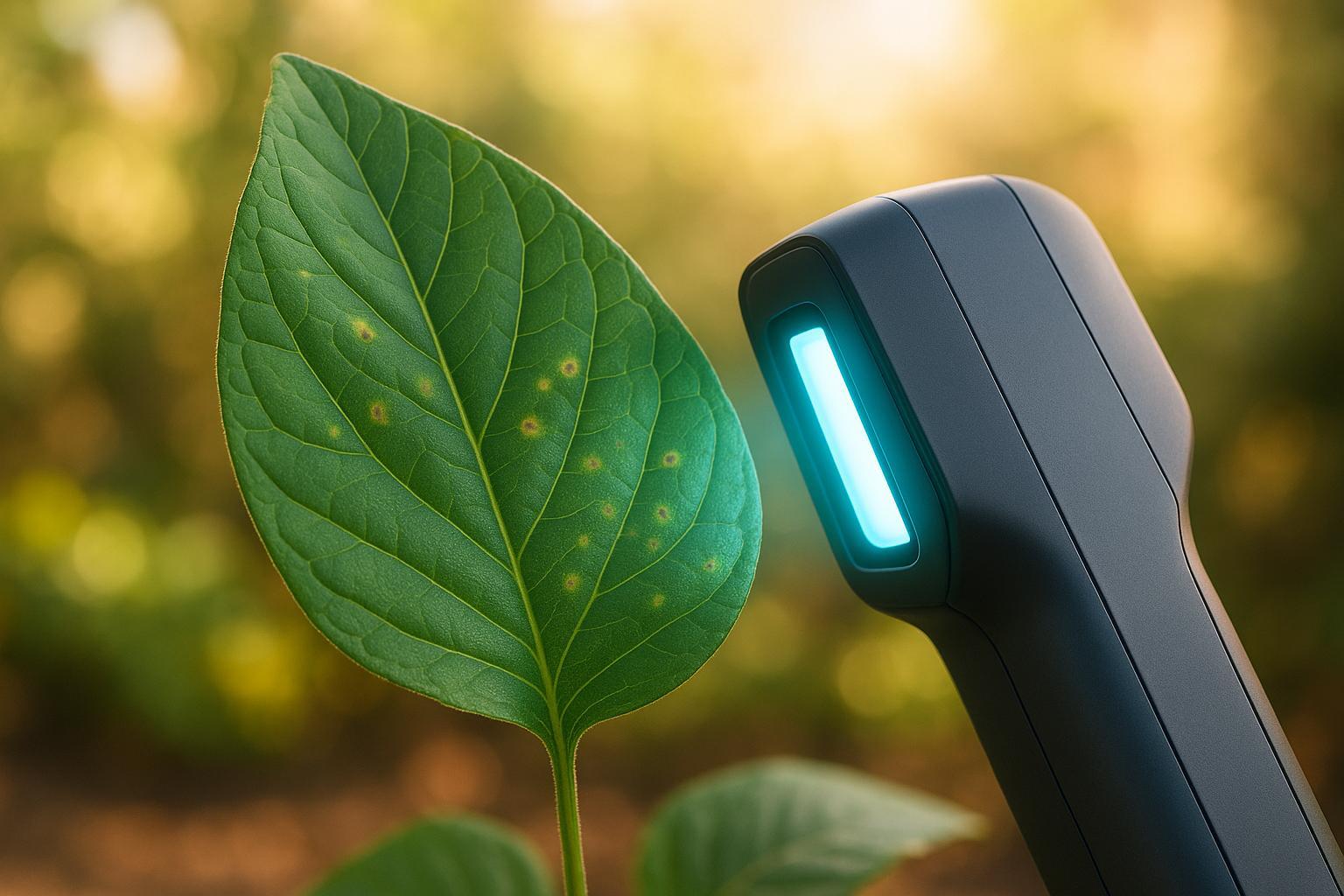
Optimizing Deep Learning for Plant Disease Detection
Explore how deep learning optimizes plant disease detection with advanced techniques for better accuracy, efficiency, and real-time monitoring.
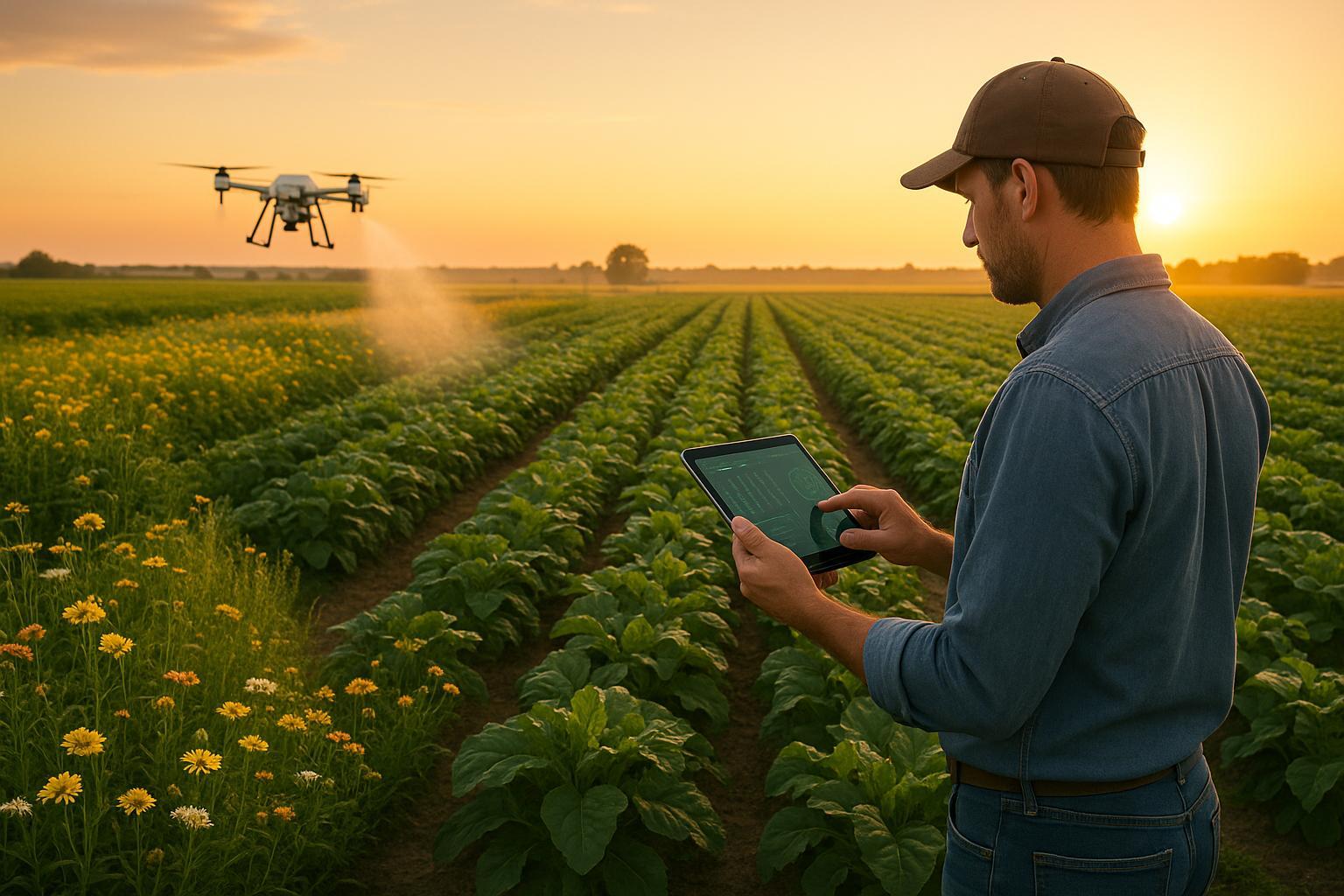
AI in Pest Control: Biological and Chemical Integration
Explore how AI is revolutionizing pest control by integrating biological and chemical methods for more efficient, sustainable farming.
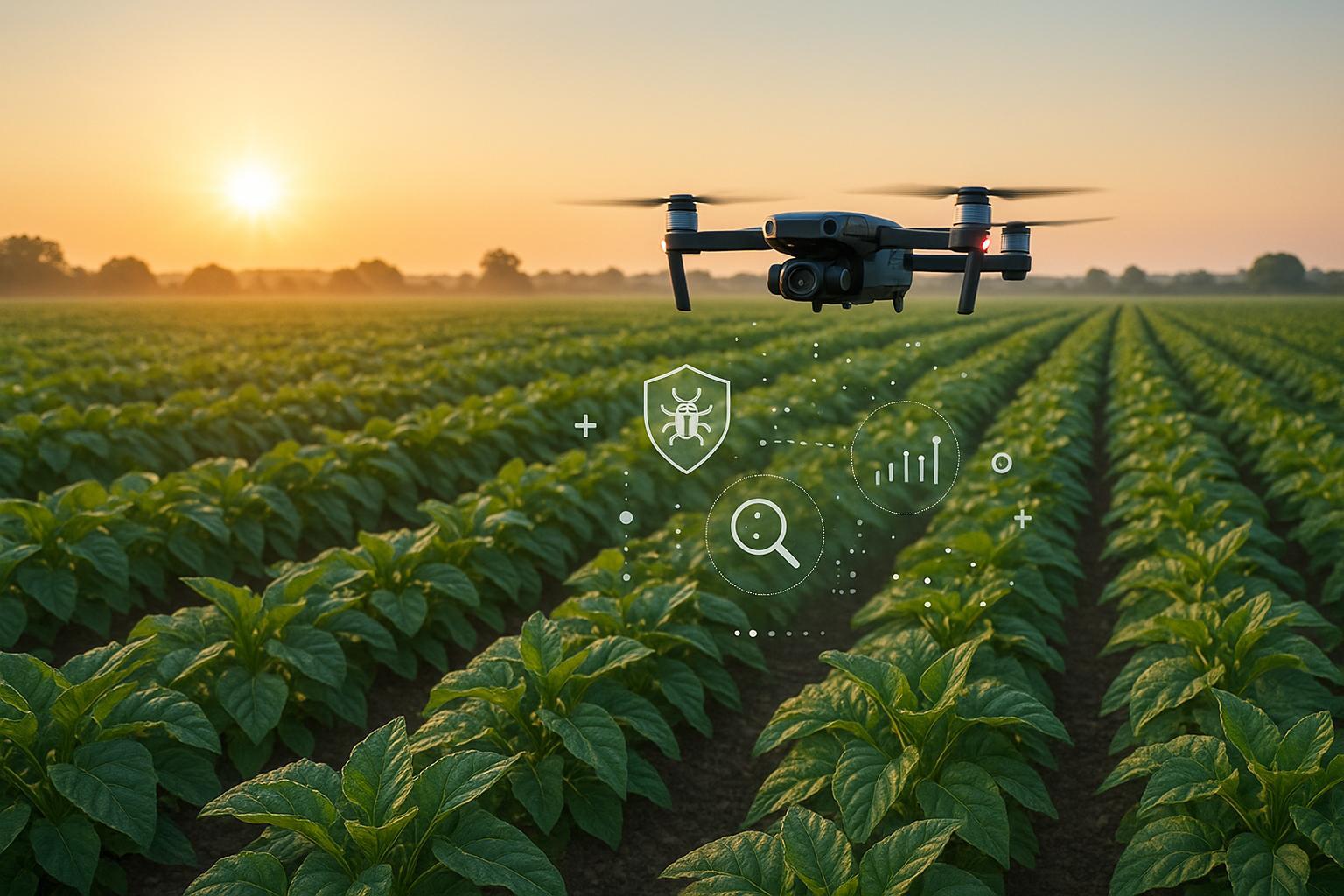
AI Pest Detection: How Early Warnings Work
Explore how AI pest detection revolutionizes agriculture by providing early warnings, reducing crop damage, and promoting eco-friendly pest management.
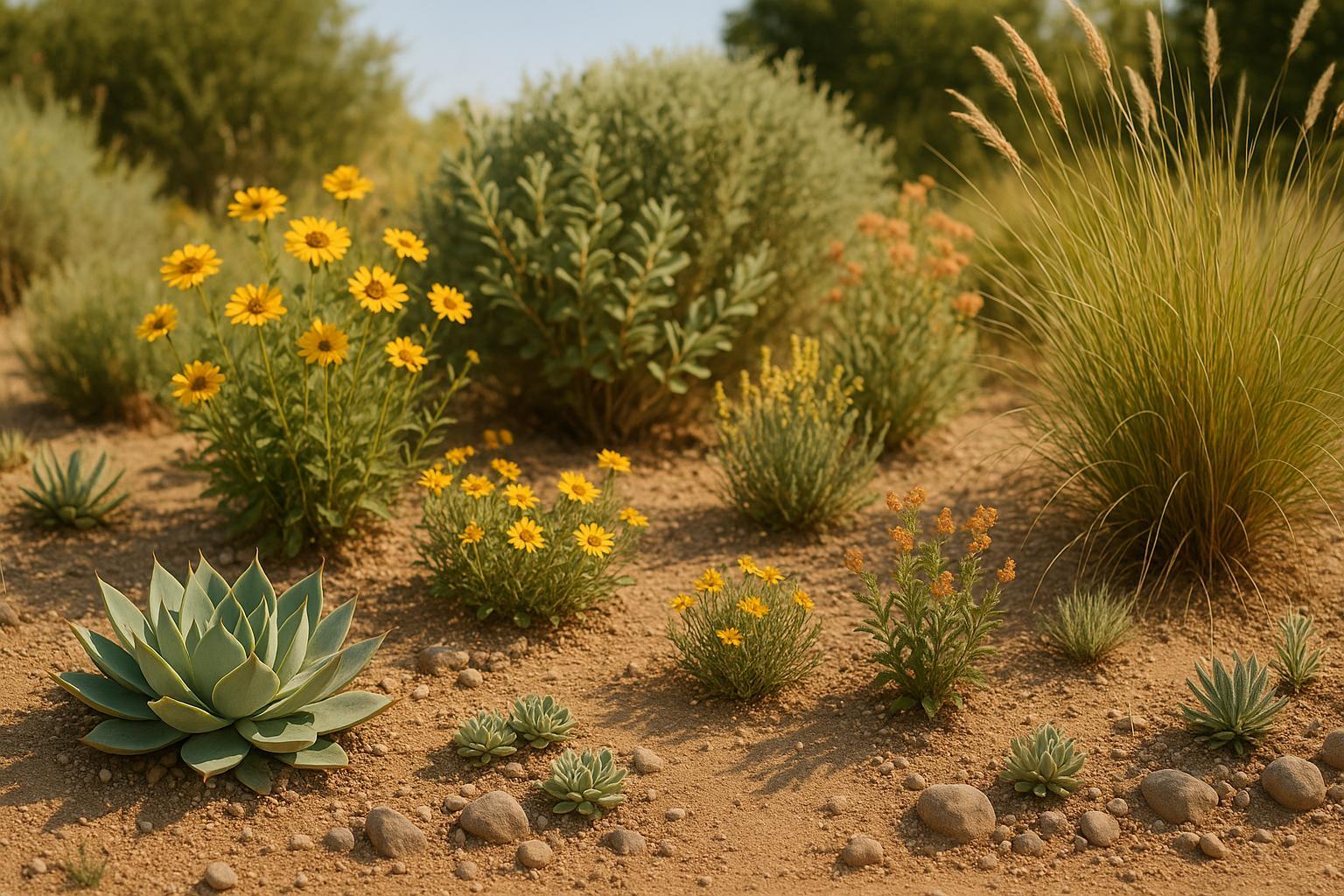
How AI Recommends Drought-Tolerant Native Plants
Explore how AI tools can help you select drought-tolerant native plants tailored to your garden's unique conditions and promote sustainable gardening.
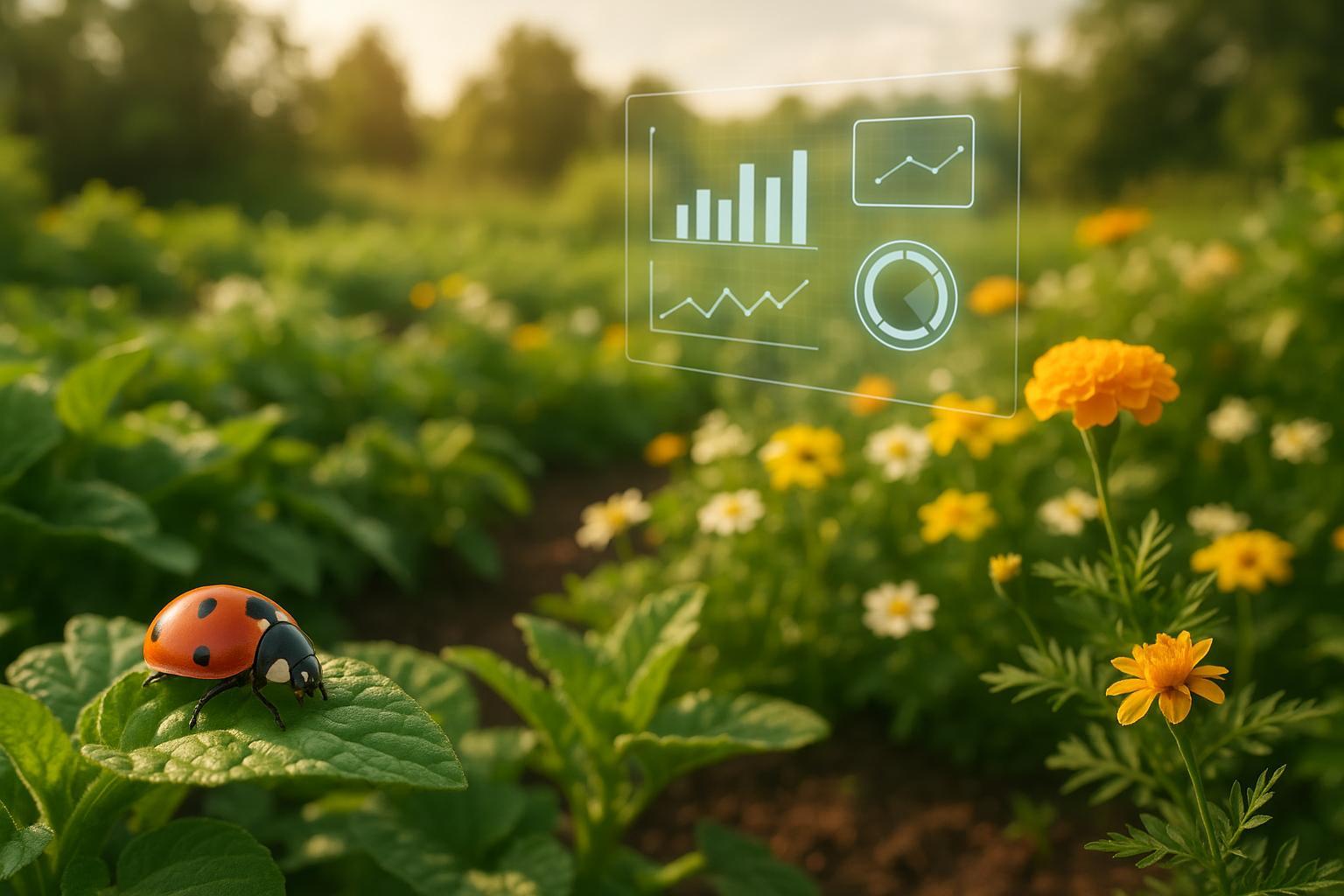
AI and Biological Controls: How They Work Together
Explore how AI enhances biological pest control, promoting sustainable gardening while effectively managing pests with minimal environmental impact.